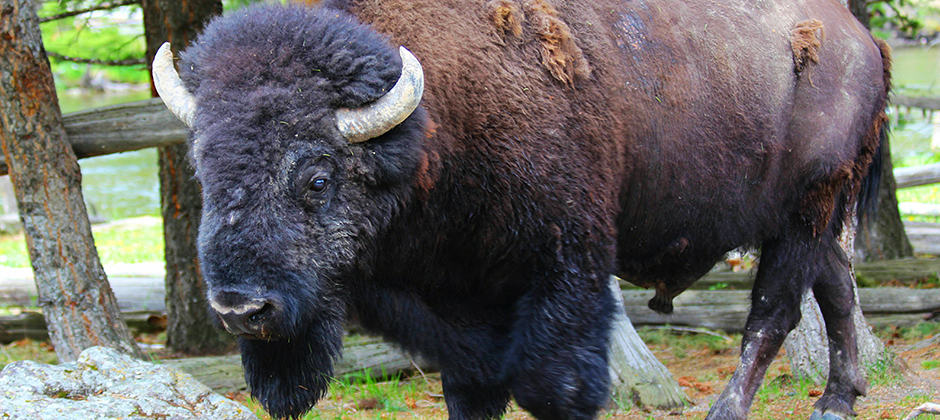Share this article
U.S. Fish and Wildlife Service issues decisions on ESA petitions
After reviewing three petitions submitted under the Endangered Species Act, the U.S. Fish and Wildlife Service recently determined that they will consider listing the listing the Mojave poppy bee and the Mount Graham red squirrel, but not the Yellowstone National Park area population of bison.
The Yellowstone area population of bison (Bison bison) is the largest and oldest wild population of plains bison. Ranging in and around Yellowstone National Park, through parts of Wyoming, Montana and Idaho, they are the only herd in the country partly descending from a continuously wild herd. The Service reviewed the information submitted in support of listing the bison under the ESA and found that the petition did not present substantial scientific or commercial information to warrant listing them. Several petitions to list the Yellowstone bison have been filed with the Service in recent years.
The Service will consider listing the Mojave poppy bee (Perdita meconis), a quarter-inch long yellow-and-black bee that pollinates two rare desert poppy flowers in the Mojave Desert. The bee is currently found in only seven known sites in Nevada. The petition stated there are several current threats to the poppy bee, including grazing, recreation, gypsum mining and competition with nonnative honeybees. The Service is undertaking an in-depth review to determine if the Mojave poppy bee should be listed under the ESA. To help with that decision, it is requesting scientific and commercial data and other information regarding that species.
The Service will also consider revising the critical habitat designations for the Mount Graham red squirrel (Tamiasciurus hudsonicus grahamensis), whose historical and current range is limited to the Pinaleño Mountains in Graham County, Arizona. The squirrel was first listed as endangered in 1987, after habitat loss from forest fires, road construction and other development. The Service is also taking public comments on revising this critical habitat.
Under the ESA, citizens can petition the Fish and Wildlife Service to list a species under the ESA or to designate or revised critical habitat for a listed species. The Wildlife Society supports the use of robust scientific information in making listing determinations under the ESA and guiding species’ recovery.
Read TWS’ standing position on Threatened and Endangered Species and Position Statement on the U.S. Endangered Species Act
Header Image: The U.S. Fish and Wildlife Service has declined to consider listing the Yellowstone population of bison under the Endangered Species Act. ©Michelle Callahan








